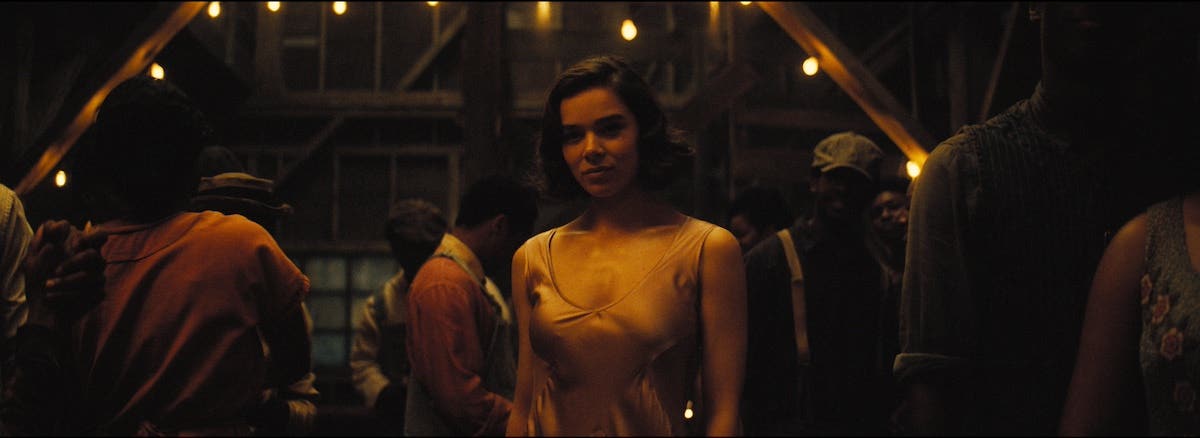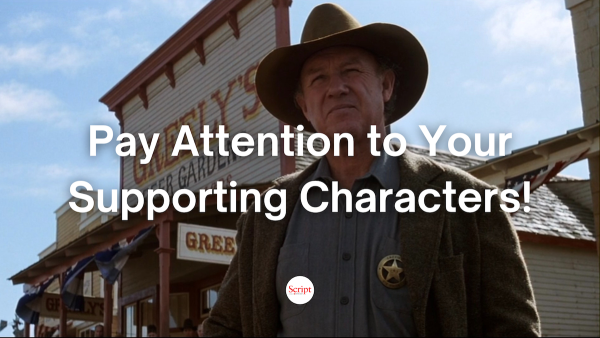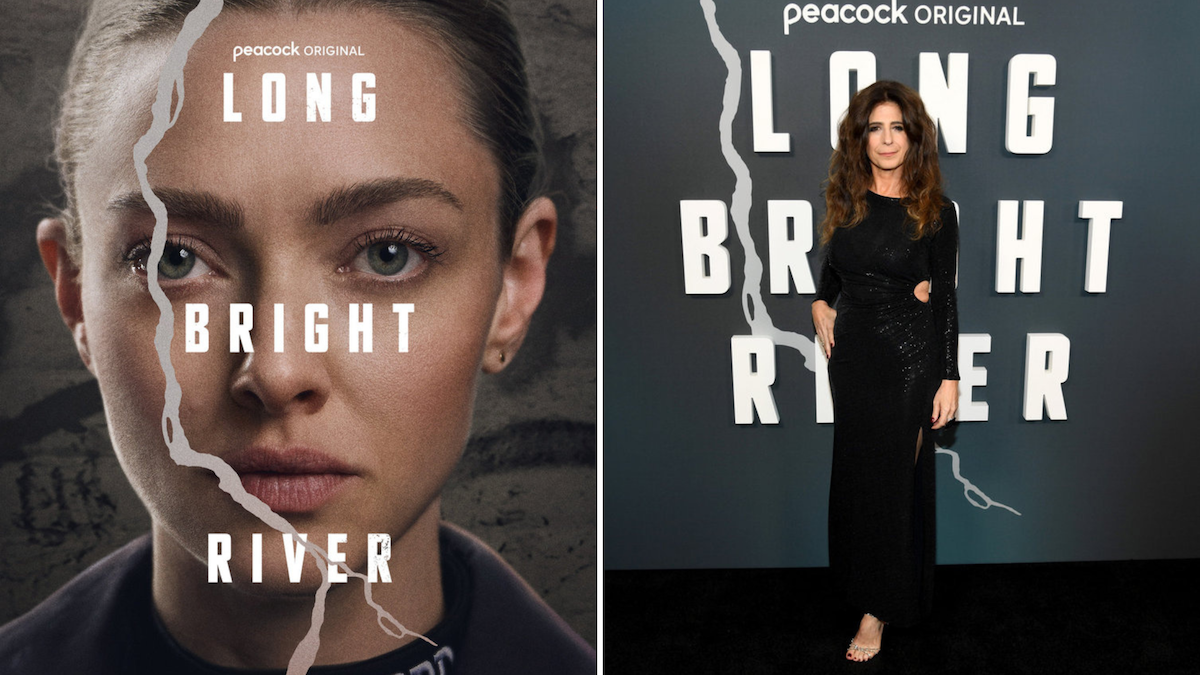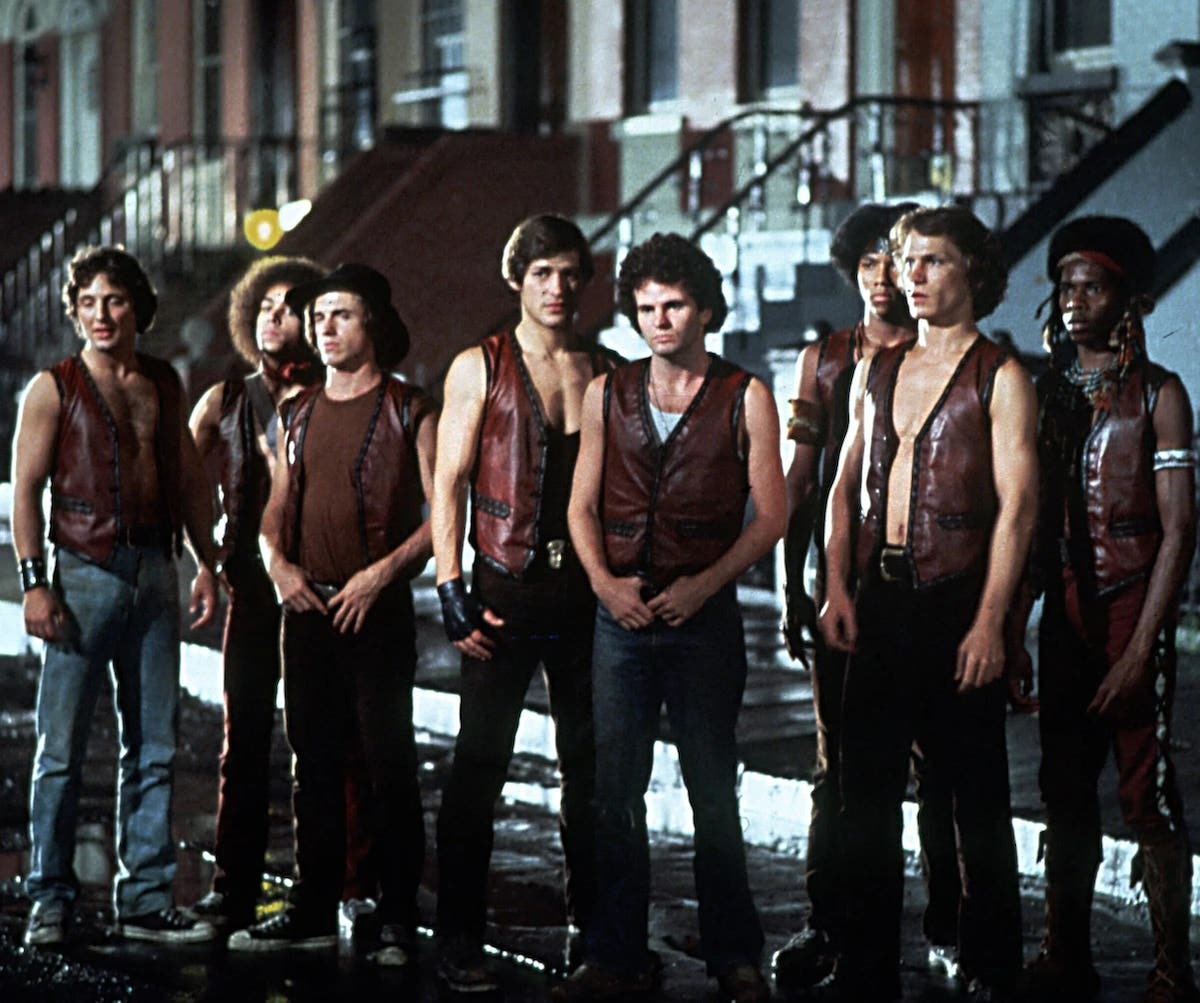Specs & The City: Writing Character Descriptions and ‘Last Action Hero’
Click to tweet this article to your friends and followers! Over the past couple of weeks there have been countless articles trumpeting the triumphant return of Shane Black to Hollywood’s…
Over the past couple of weeks there have been countless articles trumpeting the triumphant return of Shane Black to Hollywood’s A-List, this time as the director of Iron Man 3. Since each article was essentially breaking down the same story regarding the film, they tried valiantly to put their own spin on the backstory of Black and how fresh and unique his screenwriting voice was when he originally broke onto the scene with Lethal Weapon. It’s a great (and humbling) story, and one that you should read about if you don’t know it – after you finish this column of course.
For me, all of this re-exposure to Shane Black’s scripts served as a reminder of how ridiculously talented the man is; and the one thing he was better at than anything else is what led me to this week’s topic.
Specifically, I want to focus on writing character descriptions.
Screenwriters have it beat into them early by all of the gurus out there to never write anything that can’t be shown on the screen. This is good advice overall but, as with everything else, the real key is getting to the point in your craft where you know when (and how) to ignore it. Your character descriptions are one of those places. They’re the one of the few places in a script where the screenwriter is really allowed to show some flair and bend the normal guidelines; you can showcase your voice, shine a spotlight on your love of language, and really put the unique stamp that is your voice on a script.
It’s also happens to be one of the first things that a reader will look at to help them determine if your script is worth reading. I’ve heard of readers tossing a script because they weren’t impressed enough by the initial description for the Protagonist. If you can’t sell them on your characters, then what chance does the rest of the script have of being any good? Don’t let this be you.
Instead, let’s take a quick look at…
Character Descriptions and ‘Last Action Hero’
The first draft of Last Action Hero was called Extremely Violent and was written by Zak Penn and Adam Leff. After it was optioned, the studio brought in Black (initially only attached as a Producer) and David Arnott to do a rewrite and, while the box office results were not exactly stellar, it does offer a unique chance to look at a before and after case study in character descriptions.
Here’s the original introduction of the films over-the-top action hero from Penn and Leff’s script:
The elevator doors slide open and… Holy Shit, your pancreas dances, because who's standing right in the middle of the doorway but… ARNO SLATER, the toughest, strongest, hardest-to-kill, Action Hero you've ever seen.
And here ‘s the version that Black and Arnott turned in:
A lone figure strides ACROSS ROOFS, wading thru a SEA OF FLASHING LIGHT like a juggernaut. Dressed casually in a bomber jacket and jeans. T-shirt with a slight tear near the shoulder. Cigar. Three-day stubble. A .44 Ruger Blackhawk, the BIGGEST GUN EVER MADE, perches in his hand like an old friend.
SERGEANT JACK SLATER is in a bad mood tonight.
And that’s why Black gets paid the big bucks folks. Do your character descriptions paint as vivid a picture as that? If not, go back and give them another pass. Make sure your word choice is spot on, and paint a picture that really captures the essence of who your character is. It could make the difference between a reader turning the page or tossing your script on the “no” pile.
Now, let’s hear your best Schwarzenegger impression and then keep writing!
Get a roadmap to your story's structure and character development with our FREE Download Structure Grid of Character Development and Plot
Related Articles:
- More Specs & The City with Brad Johnson
- Story Location, Life Location: Where is Your Character Going?
- Balls of Steel: Finding Character Motivation, Conflict and Compassion
Tools to Help:
Brad Johnson is a screenwriter and producer who has placed in multiple competitions including Final Draft Big Break and the Walt Disney Television Writing Program. He has served as a judge for the Nashville Film Festival and the NYC Midnight Short Screenplay Challenge, and worked as a script consultant through his website, ReadWatchWrite.com. You can follow Brad on Twitter @RWWFilm.







